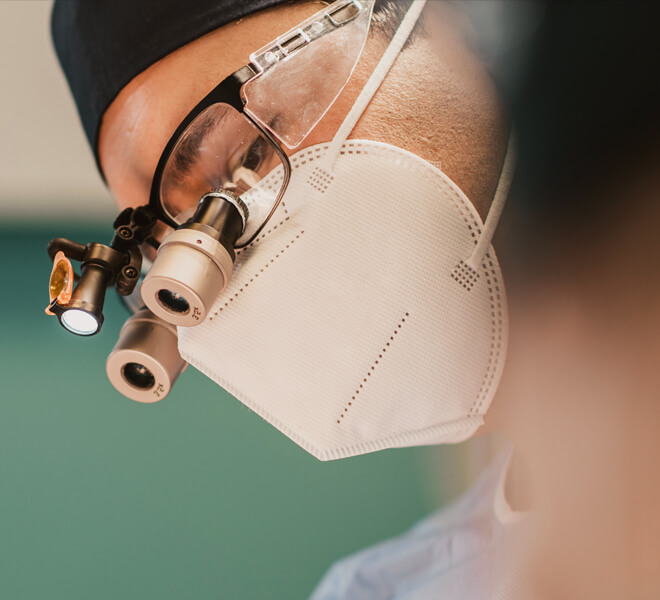The specialty of plastic surgery incorporates a wide array of tissue deformities from head to toe. Physicians trained in this unique specialty perform treatments of body parts affected aesthetically or functionally by congenital defects, developmental abnormalities, or trauma. To provide comprehensive care, Florida Orthopedic Institute includes fellowship-trained experts with the surgical technique and experience to provide complex treatment of soft tissue problems that often accompany trauma to the bone.
About
Extremity reconstruction
High impact injuries can leave significant soft tissue loss along with fractures. This is especially common in the extremities. Healthy vascular flow and soft tissue coverage are vital to treating complex injuries to the bone. It is through the use of proven methods of tissue transfer along with new technologies in the form of biologics that we can restore form and function.
Nerve reconstruction
Nerve damage can present in loss of sensation/function and significant neuropathic pain. Plastic surgeons are highly trained in the peripheral nervous system and the techniques of microsurgery required for its reconstruction. Nerve repair, grafting, and transfers are some of the methods that are used in the treatment of these devastating injuries. This includes the early treatment of nerve damage and the chronic treatment of nerve pain. Damaged nerves can create life-changing results that may not respond to medical management. This can come from lacerations, blast injuries, crush injuries, and amputations. Our goal is to help alleviate the lifelong disability that can be associated with these types of events.
Wound care
The care of wounds can be far more complex than is typically recognized. There are many aspects of the patient’s health that can affect the healing process. Surgical treatment is just one aspect of the care model to restore the soft tissue envelope. It takes a team approach to adequately treat wounds developed from radiation, infection, and comorbidities such as paralysis. Plastic surgeons play an important role in this team effort and are on the cutting edge of the science of wound healing.

